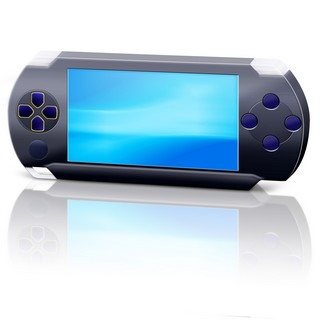
3G or 3rd Generation, is a family of standards for mobile telecommunications defined by the International Telecommunication Union, which includes GSM EDGE, UMTS, and CDMA2000 as well as DECT and WiMAX. Services include wide-area wireless voice telephone, video calls, and wireless data, all in a mobile environment. Compared to 2G and 2.5G services, 3G allows simultaneous use of speech and data services and higher data rates (up to 14.0 Mbit/s on the downlink and 5.8 Mbit/s on the uplink with HSPA+). Thus, 3G networks enable network operators to offer users a wider range of more advanced services while achieving greater network capacity through improved spectral efficiency.
The first pre-commercial 3G network was launched by NTT DoCoMo in Japan branded FOMA, in May 2001 on a pre-release of W-CDMA technology.The first commercial launch of 3G was also by NTT DoCoMo in Japan on 1 October 2001. From that day onwards 3G created a buzz in technology world.
In 2008, India entered into 3G Mobile arena with the launch of 3G enabled Mobile services by Mahanagar Telephone Nigam Limited (MTNL). MTNL is the first Mobile operator in India to launch 3G services. Nation wide auction of 3G wireless spectrum in April 2010 has been announced, and 3G services by private service providers are expected by the end of 2010.
Features:
Data rates: ITU has not provided a clear definition of the data rate users can expect from 3G equipment or providers. Thus users sold 3G service may not be able to point to a standard and say that the rates it specifies are not being met. While stating in commentary that “it is expected that IMT-2000 will provide higher transmission rates: a minimum data rate of 2 Mbit/s for stationary or walking users, and 348 kbit/s in a moving vehicle,” the ITU does not actually clearly specify minimum or average rates or what modes of the interfaces qualify as 3G, so various rates are sold as 3G intended to meet customers expectations of broadband data.
Security: 3G networks offer a greater degree of security than 2G predecessors. By allowing the UE (User Equipment) to authenticate the network it is attaching to, the user can be sure the network is the intended one and not an impersonator. 3G networks use the block crypto instead of the older A5/1 stream cipher. However, a number of serious weaknesses in the cipher have been identified.
In addition to the 3G network infrastructure security, end-to-end security is offered when application frameworks such as IMS are accessed, although this is not strictly a 3G property.
Applications
The bandwidth and location information available to 3G devices gives rise to applications not previously available to mobile phone users. Some of the applications are:
- Mobile TV – a provider redirects a TV channel directly to the subscriber’s phone where it can be watched.
- Video on demand – a provider sends a movie to the subscriber’s phone.
- Video conferencing – subscribers can see as well as talk to each other.
- Tele-medicine – a medical provider monitors or provides advice to the potentially isolated subscriber.
- Location-based services – a provider sends localized weather or traffic conditions to the phone, or the phone allows the subscriber to find nearby businesses or friends.
